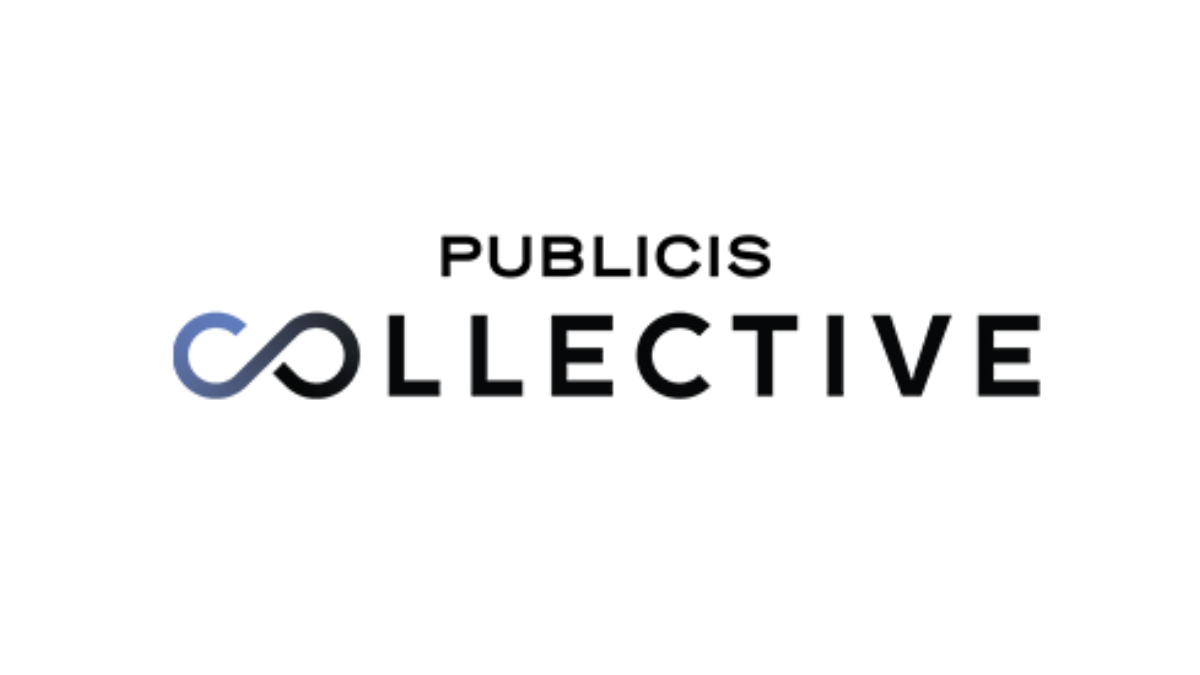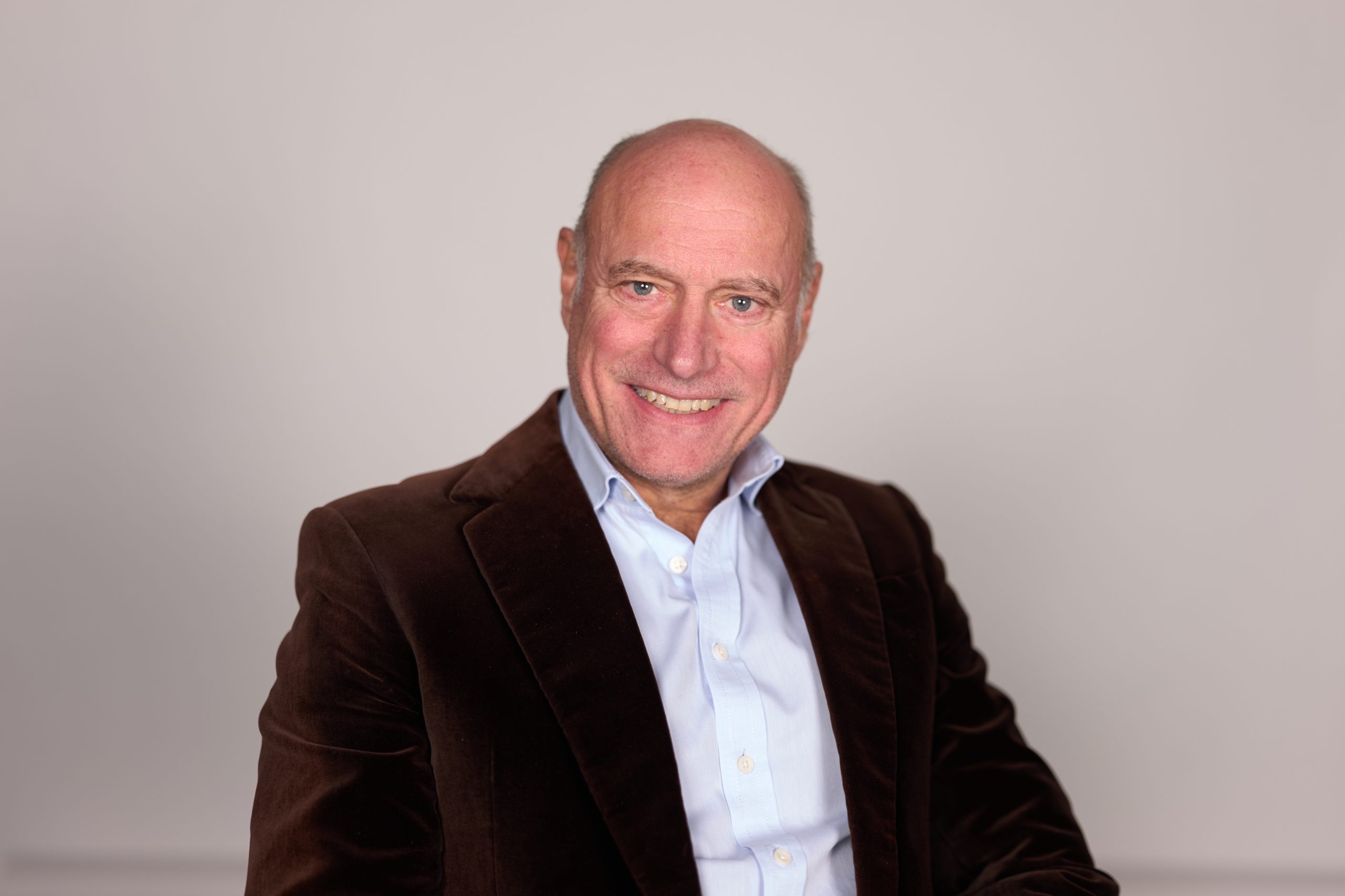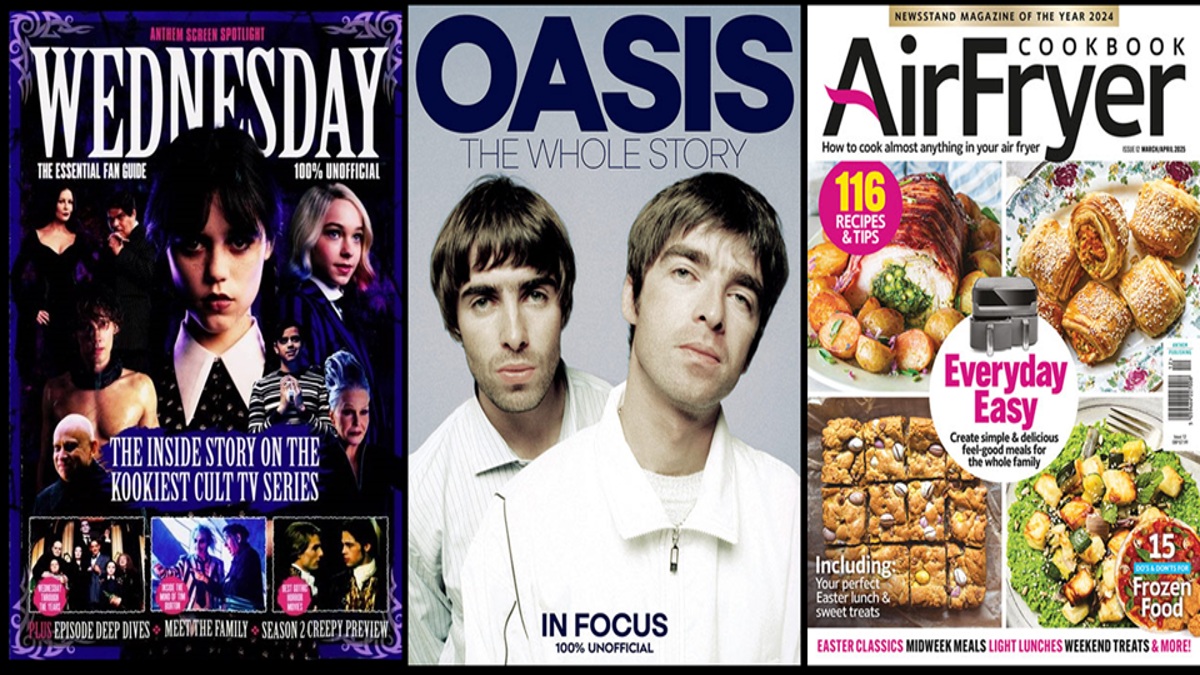Netflix wants the relevance of news without the risk. Its latest acquisition — a pilot television series purchased from The Daily Beast — might be how it gets there.
The show, according to Semafor, is a 30-minute segment focused on ‘a topical, buzzy news event or series of events in recent days.’ The structure isn’t locked, but the logic is clear: Netflix is feeling out a format that captures the texture of real-time events without setting off brand-safety alarms.
That distinction matters. This isn’t a pivot to hard news but rather, a test of proximity. How close can a platform get to real-time events before advertisers flinch?
For most brands, the answer has in recent years been ‘not very’. Adjacency to news content, even when neutral, has become viewed as a reputational risk: too volatile, too polarising, too likely to surface next to a headline you can’t explain to shareholders.
That logic persists, even after Stagwell’s 2024 Future of News study study found those fears unfounded. Ads placed next to ‘unsafe’ news — including stories on US President Donald Trump, war, and inflation — performed nearly identically to those beside sport and entertainment. Brand favourability dipped by less than one point (67.2% vs. 68.3%). And among Gen Z, purchase intent peaked at 69% when ads ran alongside hard news, ahead of both sport (65%) and entertainment (62%).
The takeaway, per Stagwell, is that news is under-monetised, unfairly avoided and still one of the best ways to reach a valuable audience.
Netflix may be testing that theory. The pilot isn’t live, political, or reactive in the X [formerly Twitter] sense. For now, it appears to be closer to what Netflix already does well — limited documentaries, news-adjacent true crime, zeitgeist-y drama — just delivered faster and labelled more ambiguously.
A current affairs format that sells like entertainment and, crucially, doesn’t scare off sponsors is a commercial sweet spot.
The Daily Beast, too, has changed shape. Under CCO Joanna Coles and CEO Ben Sherwood, the publisher has slashed headcount, softened its editorial tone and returned to profitability, making it a more viable and platform-ready production partner.
For planners, the question isn’t what this show becomes but rather, what it enables. If Netflix succeeds in monetising a version of the news without calling it that, it may redraw the perimeter around what’s considered brand-safe.
Featured image: Kyle Loftus / Unsplash



















